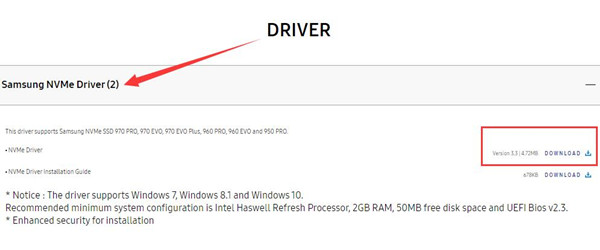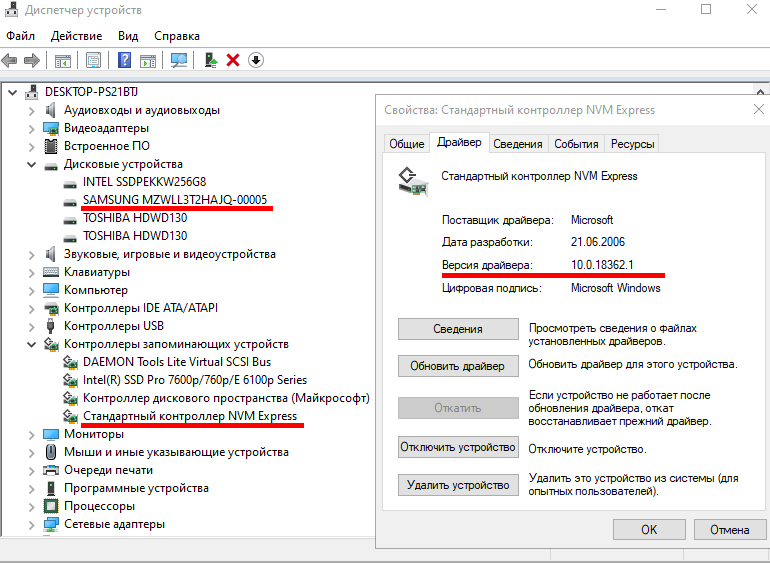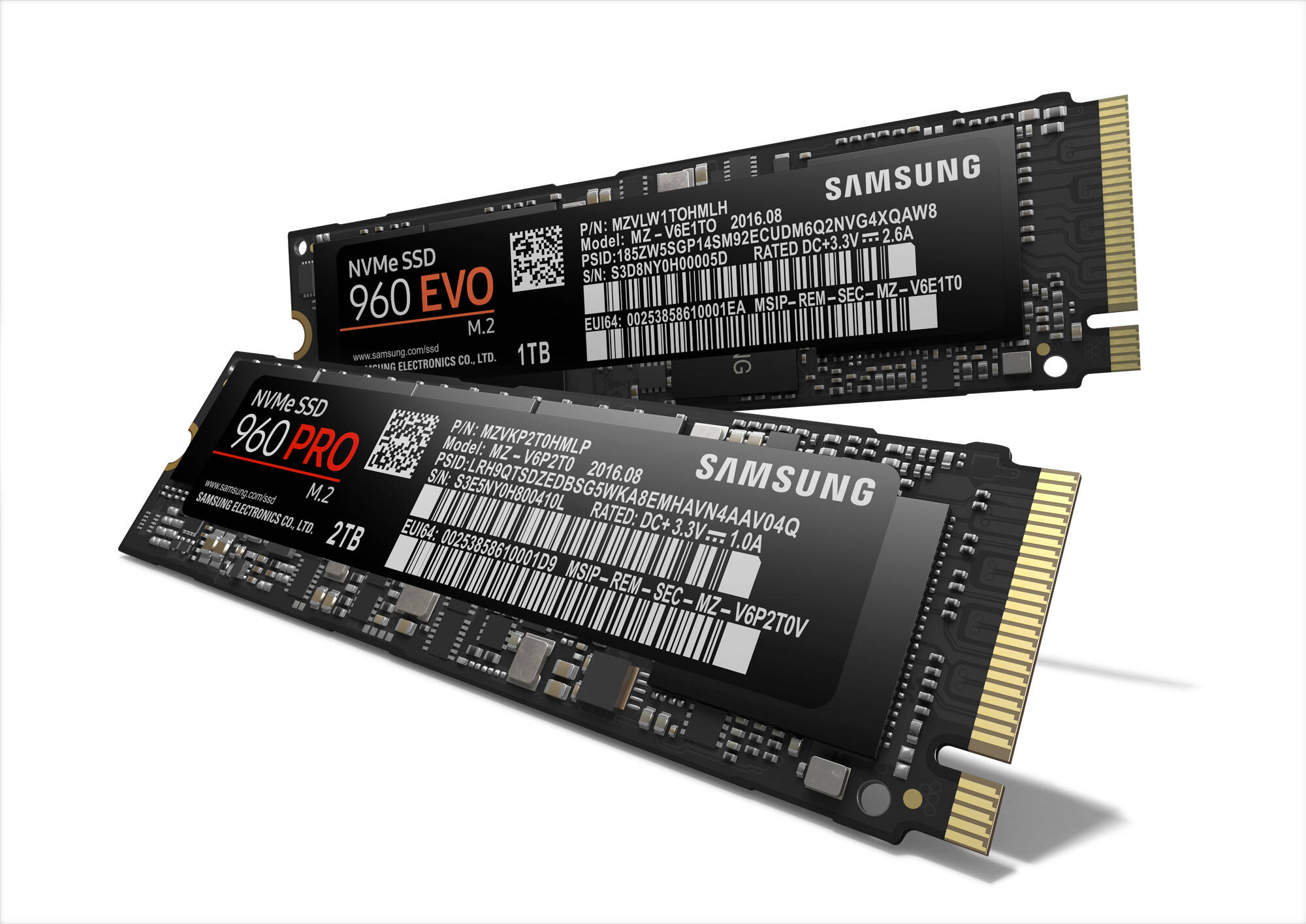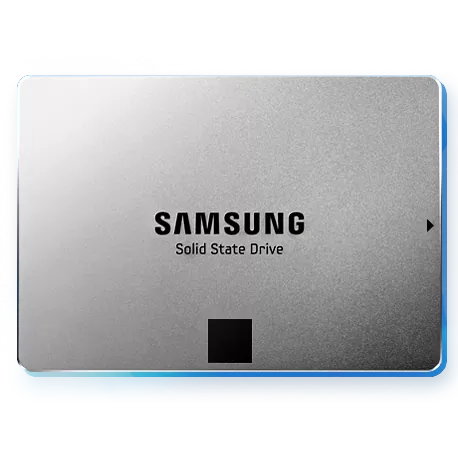
(As of 2020 up to 4.397 GB/s available for consumers) (As of 2020 up to 6.795 GB/s available for consumers) Ĩ0 MB/s (Samsung enterprise SSD, 2008) ġ5.200 GB/s (Gigabyte demonstration, 2019) (As of 2020 Up to 8 TB available for consumers) Ĥ9.3 MB/s (Samsung MCAQE32G5APP-0XA, 2007) In the late 1980s, Zitel offered a family of DRAM based SSD products, under the trade name "RAMDisk", for use on systems by UNIVAC and Perkin-Elmer, among others.ġ00 TB (Enterprise Nimbus Data DC100, 2018) DATARAM BULK Core, 1976) products sold as alternatives to HDDs but these products typically had memory interfaces and were not SSDs as defined.

Before the StorageTek SSD there were many DRAM and core (e.g. The STC 4305, a plug-compatible replacement for the IBM 2305 fixed head disk drive, initially used charge-coupled devices (CCDs) for storage and consequently was reported to be seven times faster than the IBM product at about half the price ($400,000 for 45 MB capacity) It later switched to DRAM.

an SSD as defined) was the 1978 StorageTek STC 4305.

#Installing samsung nvme driver full
SSDs have a limited lifetime number of writes, and also slow down as they reach their full storage capacity. Newer form factors such as mSATA, M.2, U.2, NF1, XFMEXPRESS and EDSFF (formerly known as Ruler SSD) and higher speed interfaces such as NVM Express (NVMe) over PCI Express (PCIe) can further increase performance over HDD performance. SATA and SAS) and standard HDD form factors allow such SSDs to be used as drop-in replacements for HDDs in computers and other devices. SSDs can use traditional HDD interfaces and form factors, or newer interfaces and form factors that exploit specific advantages of the flash memory in SSDs. 3D XPoint is a possible exception to this rule it is a relatively new technology with unknown long-term data-retention characteristics. Therefore, SSDs are not suitable for archival storage. This causes worn-out drives (that have exceeded their endurance rating) to start losing data typically after one year (if stored at 30 ☌) to two years (at 25 ☌) in storage for new drives it takes longer. SSDs based on NAND Flash will slowly leak charge over time if left for long periods without power. Bcache allows to achieve a similar effect purely in software, using combinations of dedicated regular SSDs and HDDs.

Hybrid drives or solid-state hybrid drives (SSHDs), such as Apple's Fusion Drive, combine features of SSDs and HDDs in the same unit using both flash memory and a HDD in order to improve the performance of frequently-accessed data. In addition, 3D XPoint memory (sold by Intel under the Optane brand), stores data by changing the electrical resistance of cells instead of storing electrical charges in cells, and SSDs made from RAM can be used for high speed, when data persistence after power loss is not required, or may use battery power to retain data when its usual power source is unavailable. SSD storage devices vary in their properties according to the number of bits stored in each cell, with single-bit cells ("Single Level Cells" or "SLC") being generally the most reliable, durable, fast, and expensive type, compared with 2- and 3-bit cells ("Multi-Level Cells/MLC" and "Triple-Level Cells/TLC"), and finally quad-bit cells ("QLC") being used for consumer devices that do not require such extreme properties and are the cheapest per gigabyte of the four. As of 2019, cells can contain between 1 and 4 bits of data. Ĭompared with electromechanical drives, SSDs are typically more resistant to physical shock, run silently, and have quicker access time and lower latency. It is also sometimes called a semiconductor storage device, a solid-state device or a solid-state disk, even though SSDs lack the physical spinning disks and movable read–write heads used in hard disk drives (HDDs) and floppy disks. An mSATA SSD with the label removed to show the chipset and NAND.Ī solid-state drive ( SSD) is a solid-state storage device that uses integrated circuit assemblies to store data persistently, typically using flash memory, and functioning as secondary storage in the hierarchy of computer storage.


 0 kommentar(er)
0 kommentar(er)
